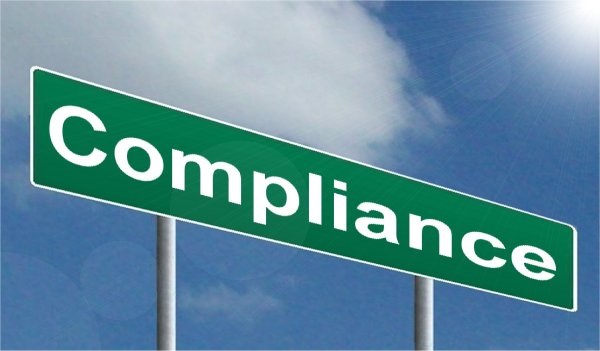Introduction
The Health Insurance Portability and Accountability Act (HIPAA) sets the standard for protecting sensitive patient information in healthcare settings, including chiropractic practices. Compliance with HIPAA regulations is essential for ensuring patient privacy and maintaining the trust of your patients. In this blog post, we’ll discuss how chiropractic practices can ensure compliance with HIPAA regulations in their medical billing processes.
Understand HIPAA Regulations
The first step in ensuring compliance with HIPAA regulations is to understand the requirements. Familiarize yourself and your staff with the HIPAA Privacy Rule, which sets standards for protecting patients’ protected health information (PHI). Ensure that everyone in your practice understands their responsibilities under HIPAA.
Implement Physical and Technical Safeguards
HIPAA requires chiropractic practices to implement physical and technical safeguards to protect PHI. This includes securing electronic PHI (ePHI) through encryption and access controls, as well as implementing policies and procedures to protect paper PHI from unauthorized access.
Train Staff on HIPAA Compliance
Provide regular training to your staff on HIPAA compliance. Ensure that they understand the importance of protecting patient information and how to handle PHI securely. Training should cover topics such as data security, patient privacy, and breach response procedures.
Secure Electronic Health Records (EHR)
If your practice uses electronic health records (EHR), ensure that the system is HIPAA-compliant. Use strong passwords, encryption, and access controls to protect ePHI from unauthorized access. Regularly update your EHR system to ensure it meets HIPAA security requirements.
Use Business Associate Agreements (BAAs)
If you work with third-party vendors or service providers who have access to PHI, ensure that you have a signed Business Associate Agreement (BAA) in place. A BAA is a contract that outlines the responsibilities of the business associate regarding the protection of PHI.
Conduct Regular Risk Assessments
Perform regular risk assessments to identify and address potential vulnerabilities in your practice’s data security practices. This can help you identify areas where improvements are needed to ensure compliance with HIPAA regulations.
Develop and Implement Policies and Procedures
Develop and implement policies and procedures that address HIPAA compliance requirements. These should include policies for data security, patient privacy, breach response, and employee training. Ensure that all staff are aware of and adhere to these policies.
Conclusion
Ensuring compliance with HIPAA regulations is essential for chiropractic practices to protect patient information and maintain trust. By understanding HIPAA regulations, implementing physical and technical safeguards, training staff on HIPAA compliance, securing electronic health records, using Business Associate Agreements, conducting regular risk assessments, and developing and implementing policies and procedures, chiropractic practices can ensure compliance and protect patient information.





